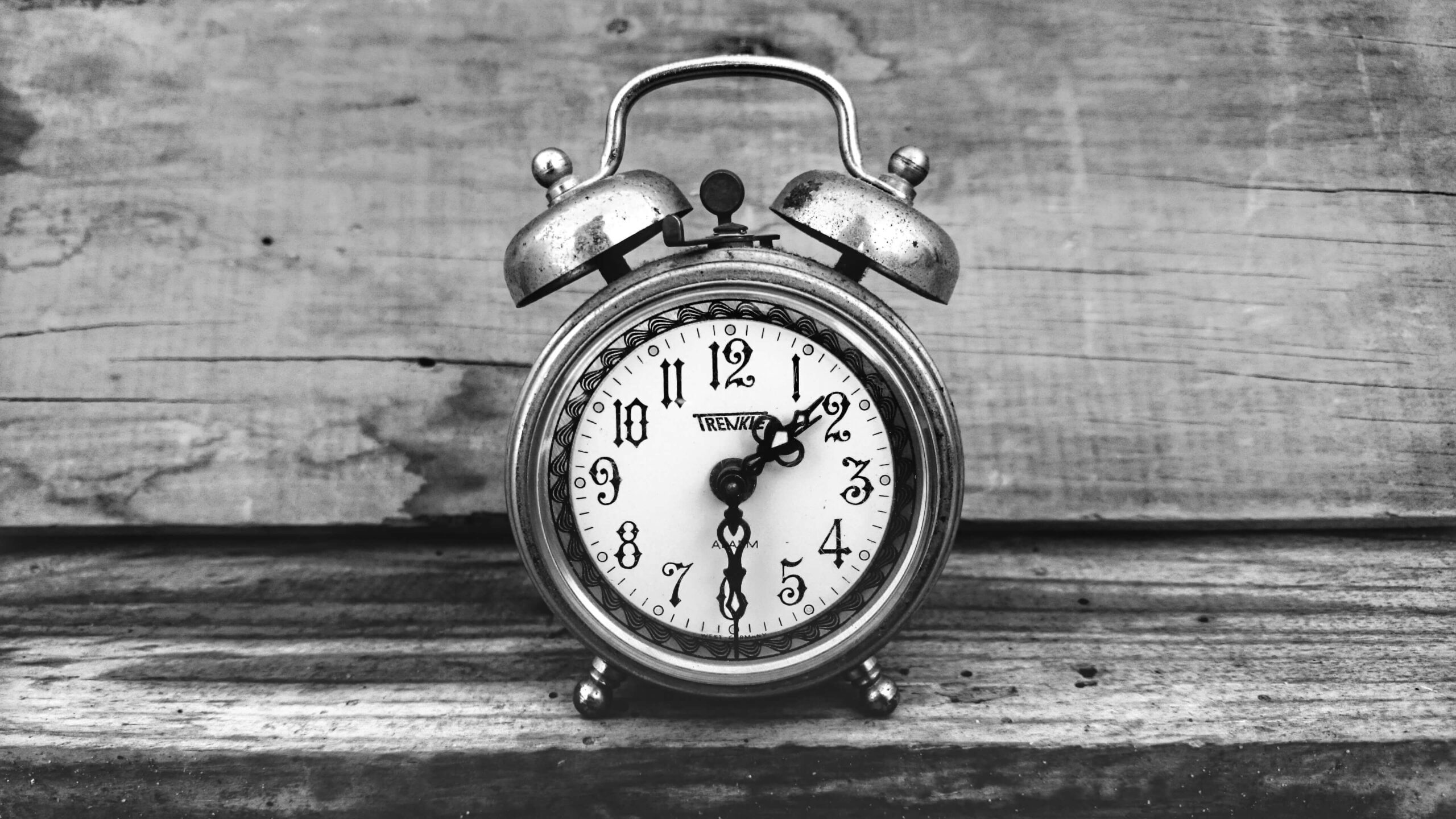
Table of Contents
- History of Forex Trading – How it all started
- Forex market in modern times
- 5 important people in Forex history
Hey there, curious explorers! When we enter the world of Forex, it is normal that we are interested in many topics. But have you asked yourself, what is the history of Forex trading?
The Venetian ducat, introduced to Venice in the late 11th century, is recognized as the first known currency to be traded.
But how did it all begin?
To satisfy your historical curiosity, we at Markets Xplora have crafted this article that will help you trace the origin of the Forex market.
History of Forex Trading – How it all started
The FX marketplace has a long and eventful history. In 1944, amidst the aftermath of the devastating Second World War, there arose an urgent demand for financial stability. As a result, 29 countries at a conference in Bretton Woods, New Hampshire, signed an international agreement known as the Bretton Woods Agreement. The agreement resulted in the creation of the International Monetary Fund (IMF) and the World Bank.
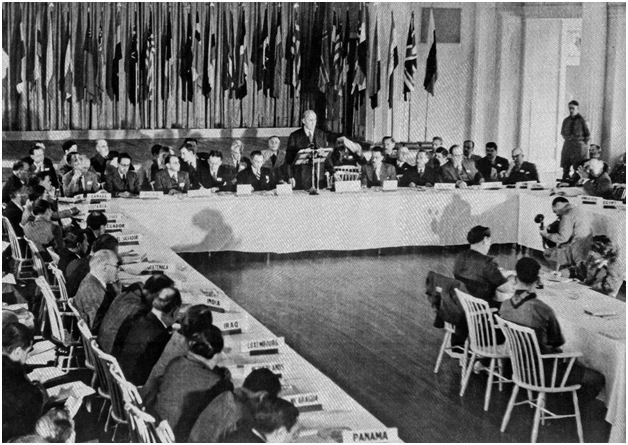
Prior to the war, the currency marketplace operated under the gold standard, which required central banks to back their banknotes with a specific amount of gold. However, the system faced challenges and eventually faltered in 1929, primarily due to the impact of the Great Depression in 1944.
It is worth remembering that the pound was the dominant reserve currency on earth until the first post-war period. The American dollar, the currency of the victorious nations of World War II, replaced it.
Now, under the terms of the agreement, the 29 participating countries agreed to peg their money to the greenback. The Bretton Woods agreements created fixed exchange rates with the United States dollar, which had a further fixed rate with gold. Precisely 1 ounce of gold was worth $35. The main consequence of signing this agreement is that the US dollar assumes a predominant role globally.
These agreements would also prevent major currency speculations, especially on those of defeated countries or which have suffered heavy losses and destruction. Towards the end of 1960, a series of political and economic factors around the globe began to undermine the system of fixed exchange rates.
History of Forex trading in the USA
In a bid to prevent the United States economy from collapsing, President Nickson then decided in 1971 that it would no longer be possible to peg the American greenback to gold. President Richard Nixon ended dollar convertibility to gold. As a result, the major currencies began floating against each other.
In other words, the history of Forex trading in the USA started in 1971.
Five years later, since 1976, all major currencies had floating exchange rates and FX trading has become more accessible to private investors.
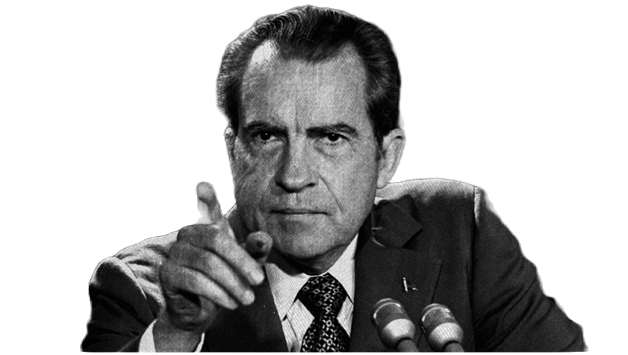
Foreign exchange market in modern times
The modern history of Forex market started over the past decade and it has experienced truly impressive growth. The FX market is undoubtedly the largest financial exchange in worldwide. According to a 2022 BIS survey, the FX turnover has reached an average daily volume of $7.5 trillion.
It is also the main marketplace in terms of liquidity as trade flows and international investments must all pass through the FX marketplace.
But what has been the turning point?
In reality, what has really changed the possibility of trading and making profits on the FX market, has been the advent of computers and the internet. Before this technological advancement, trading FX was exclusively confined to important investors, investment funds, and investment banks.
The advent of the internet has revolutionized the Foreign exchange marketplace by enabling the emergence of mobile-accessible online brokers. This technological advancement has opened up retail trading opportunities to a much broader audience, making it accessible to anyone with an internet connection and a computer.
Having learned about the history of the Forex market and how it all began, let’s acknowledge remarkable individuals who have left an indelible mark on Forex history.
Now that we have delved into the captivating history of the Forex market and how it all began, it’s time to pay tribute to the exceptional individuals who have etched their names in Forex history.
Read also: Who Controls the Forex Market?
5 important people in Forex history
1# Jesse Livermore
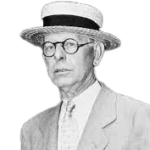
First on the list is Jesse Livermore, a true survivor of the 1929 market crash. Despite facing substantial losses, he persevered and accumulated a staggering fortune of $100 million, equivalent to billions in present-day value. What sets Livermore apart is his unconventional approach, as he disregarded traditional charts and indicators, instead delving into the analysis of accounting books. It was through this unique perspective that he introduced the concept of pivot points.
2# Jim Rogers
 Next, we have Jim Rogers, a seasoned FX trader since 1970 and a keen observer of the markets. Rogers achieved an astounding return of 4,200% on his portfolio within a decade, specializing in speculation on raw materials. Known for his precise market predictions, he utilized long-term macroeconomic analysis to identify lucrative investment opportunities. During times of panic, he strategically purchased stocks, while in periods of euphoria, he astutely sold them, maximizing his gains.
Next, we have Jim Rogers, a seasoned FX trader since 1970 and a keen observer of the markets. Rogers achieved an astounding return of 4,200% on his portfolio within a decade, specializing in speculation on raw materials. Known for his precise market predictions, he utilized long-term macroeconomic analysis to identify lucrative investment opportunities. During times of panic, he strategically purchased stocks, while in periods of euphoria, he astutely sold them, maximizing his gains.
3# Nick Leeson
 Nick Leeson gained notoriety in the market for his involvement in the collapse of Barings Bank in 1995. As the derivatives investor in charge of the bank’s operations in Singapore, he initially secured substantial profits. However, attempting to recover previous losses, he made increasingly aggressive bets, ultimately leading to disaster. Following the catastrophic Kobe earthquake, Leeson faced a loss of 1 billion and was subsequently arrested and spent four years in jail.
Nick Leeson gained notoriety in the market for his involvement in the collapse of Barings Bank in 1995. As the derivatives investor in charge of the bank’s operations in Singapore, he initially secured substantial profits. However, attempting to recover previous losses, he made increasingly aggressive bets, ultimately leading to disaster. Following the catastrophic Kobe earthquake, Leeson faced a loss of 1 billion and was subsequently arrested and spent four years in jail.
4# George Soros
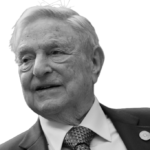
One cannot discuss Forex history without mentioning George Soros, the renowned investor born in 1930. Soros achieved legendary status by earning $1 billion in profits on his bet against the British pound on Black Wednesday in 1992. His unique theory of cause and effect enabled him to anticipate and navigate market bubbles with great accuracy, making him a financial guru who has remained in the spotlight ever since.
5# Bill Lipschutz

Last but not least, we have Bill Lipschutz, a successful Forex trader with a fascinating journey. Despite initially pursuing a career in fine arts, Lipschutz’s journey took an unexpected turn towards the stock market, igniting his true passion. Armed with a modest inheritance of $12,000, he ventured into trading, witnessing an extraordinary multiplication of his earnings by twentyfold, garnering respect within Wall Street. Lipschutz’s remarkable success can be attributed to his tenure at Salomon Brothers, where he skillfully managed currency investments, playing a pivotal role in the company’s impressive annual profits of $300 million from 1982 to 1990.
These remarkable individuals, each with their own unique paths and experiences, have left an indelible mark on the world of FX trading. Their contributions have created a lasting legacy and continue to inspire generations of traders to follow in their footsteps.
Read also: What makes FX Traders Successful?
What currencies can you trade?
The currency widely used to trade between traders is the dollar (84.9%). The second currency is the euro (39.1%), followed by the yen and the pound sterling (19.0% and 12.9%).
Speculation drives around 90% of trading volumes in the FX market, with retail traders rapidly buying and selling money. This emphasizes the dominance of short-term trades, while long-term investments make up only approximately 10% of the daily trading volumes.
Major currencies or currencies linked to the world’s most advanced economies, such as the dollar, yen, euro, pound, and others, make up around 75% of spot trading operations in the marketplace.
Read also! What are the best currency pairs for beginners?
Conclusion
The history of Forex trading has seen significant developments and transformations over the years. The FX market has undergone significant transformations since the establishment of fixed exchange rates, with the advent of computer technology and the internet playing a crucial role. These advancements have propelled the FX market to become the largest financial exchange in the globe. Now, let’s test your knowledge with a few questions.
- Question 1: Do you remember what major historical event led to the creation of the International Monetary Fund (IMF) and the World Bank?
- Question 2: How did the advent of computers and the internet change the accessibility of FX trading?
- Question 3: What are the most commonly traded currencies in the marketplace? What percentage of trading volumes can be attributed to speculation?
We’d love to hear your thoughts. So feel free to discuss your answers in the comments section. We look forward to hearing from you!
